 |
Hempstead |
|
Village History |
||||||||||||
|
what3words location - ///weeps.soulful.migrate |
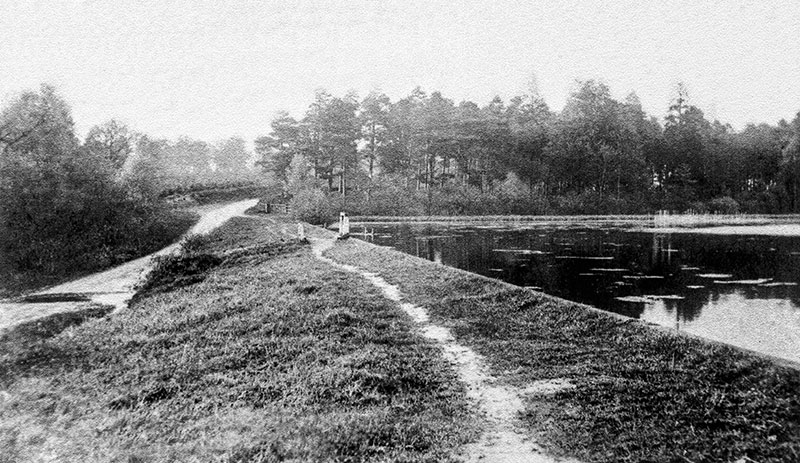 |
1930 |
The River Glaven rises about 2½ miles upstream of Selbrigg Lake in Bodham parish at NGR - TG12933848. In its 10½ miles to Blakeney Point the river falls 163 feet. The Hempstead parish boundary runs along the river course and it can be seen from the maps at the bottom of this page that the 9 acre Selbrigg Lake was dug over the original river course c.1810. The river was subsequently diverted to run round the south side of the pond c.1970. |
| White's 1836: In the vale of the Glaven is a large wild fowl decoy, belonging to Mr. Gurney. |
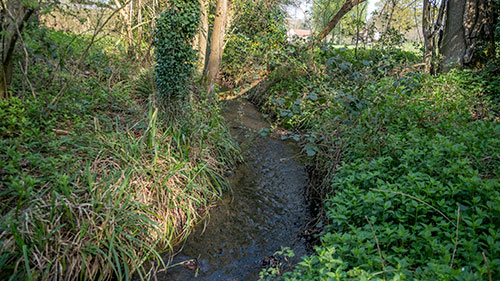 |
River Glaven curving around Selbrigg Lake - 16th April 2020 |
For several years there has been a Toad Patrol on the road at Selbrigg to save toads, frogs and newts from being killed by traffic as they make their annual migration and cross the road to their breeding ground. This year the patrol of 23 volunteers ran from 31st January to 10th April. The best night was the 10th March when 804 toads, 15 frogs and 1 newt were helped across the road (even if they didn't want to be!). The total for the 2020 season was -
|
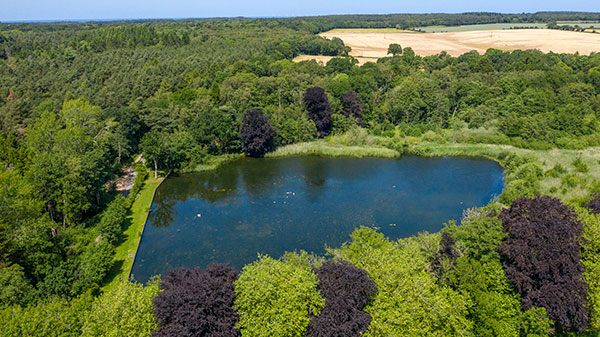 |
22nd June 2020 |
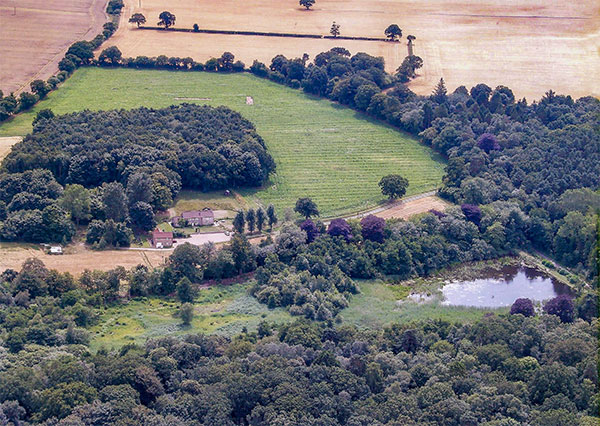 |
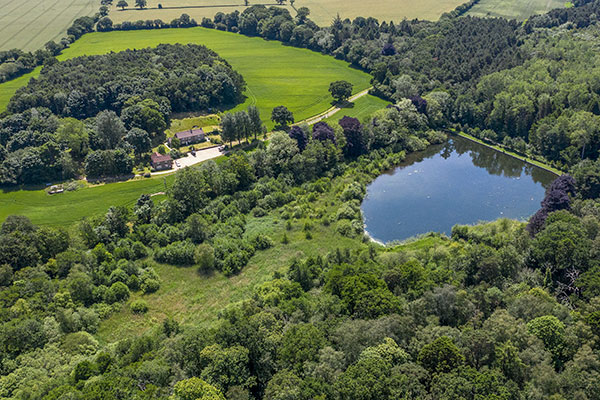 |
Selbrigg Lake - 5th August 2013 |
Selbrigg Lake - 22nd June 2020 |
A wind turbine application for Selbrigg was passed early in 2020 along with another on a site at Bodham. Apart from providing 'clean' electricity, if the project goes ahead, it will make an annual donatation of £2,500 to Hempstead Parish Council, with a further £2,000 being split between the Holt Youth Project, the Toadwatch scheme and the Parish Newsletter. The site of the turbine can be seen on the above left hand photograph as the two rectangular bare patches in the sugarbeet above the wood on the left. The patches were the result of an archaeological dig to ensure the turbine foundations would not compromise anything of local historical importance. |
The pond was dug by hand around 1810 as a header reserve
for Hempstead_Mill. The mill was suffering from insufficient water despite 4 other smaller ponds having been made between the mill and Selbrigg Pond. |
Francis Feilden announced his intention to rejuvenate Selbrigg Pond which was last dredged by his father in the 1950's. The trees will be coppiced (last done about 40 years ago); the pond dredged to remove the overgrown rushes. There will be some delay for the 6 days it will take to finish the work beside the road. |
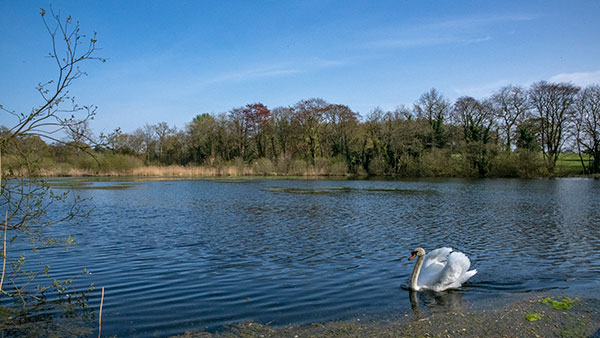 |
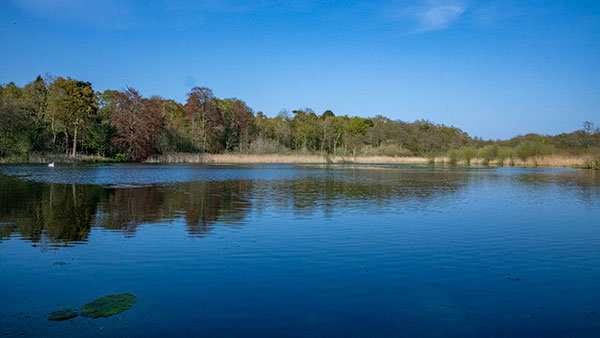 |
Selbrigg Lake - 16th April 2020 |
Selbrigg Lake - 16th April 2020 |
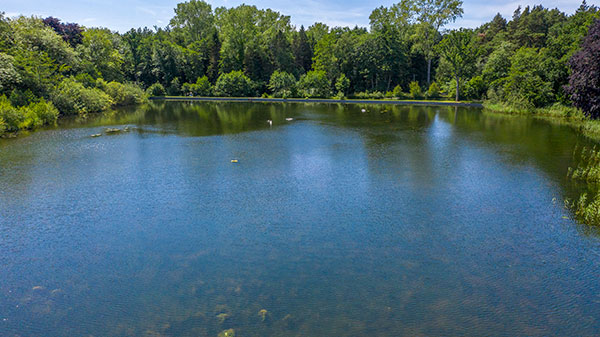 |
22nd June 2020 |
At the beginning of 20th century, when the turbine was fitted, there were 5 sources of water - mill dam, upper pond (swept away in the 1912 floods) Horsepit Pond, Old Decoy (Selbrigg Pond) and New Decoy. |
|
Slightly further up the river Glaven was Selbrigg pond, which was dug out two hundred years ago to provide additional head waters for Hempstead_mill. When I mentioned this to my father at home it was assumed I was talking of Felbrigg , as no one had ever heard of Selbrigg. There is no village of Selbrigg, just a road of that name going to Bodham, the next village, so it not surprising that nobody has heard of it. |
Francis Fielden announced his intention to rejuvenate Selbrigg Pond which was last dredged by his father in the 1950's. The trees will be coppiced (last done about 40 years ago); the pond
dredged to remove the overgrown rushes. There will be some delay for the 6 days it will take to finish the work beside the road. |
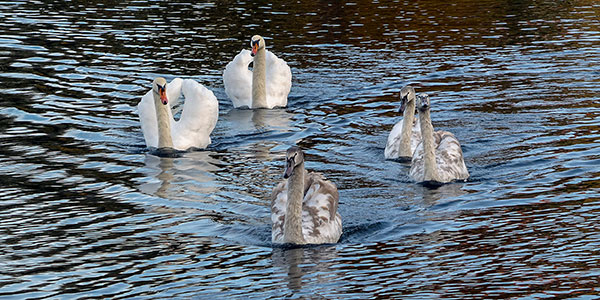 |
Selbrigg swans - 10th November 2017 |
I went to Selbrigg at about 16.45 to look for wildlife to photograph. |
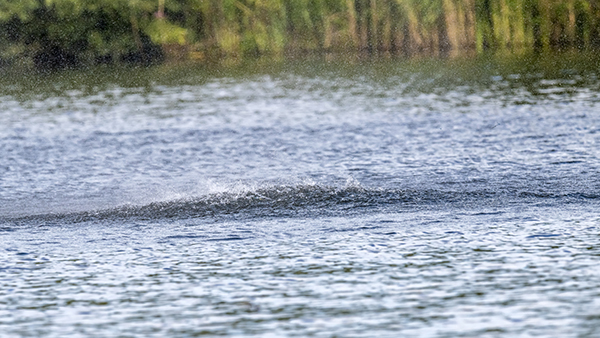 |
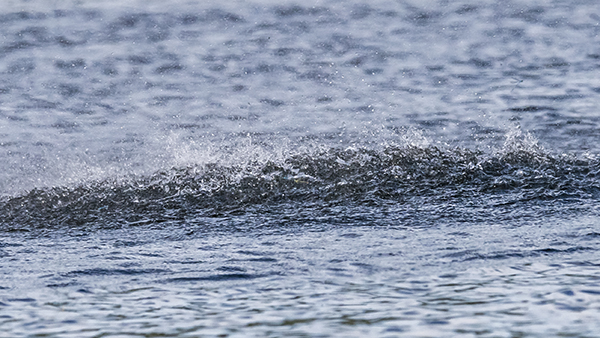 |
Selbrigg Lake waterspout - 30th July 2020 |
|
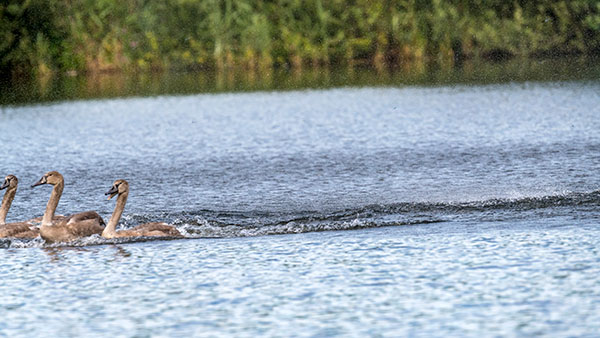 |
Selbrigg Lake waterspout - 30th July 2020
|
The spring-fed Selbrigg Pond was originally dug in 1810 as a water reserve for Hempstead_Mill. In the 1960s, however, the Mill stopped operating and the pond become an important home to a wide range of aquatic wildlife not found in the main River Glaven. As a result, Selbrigg is now designated as a ‘County Wildlife Site’. |
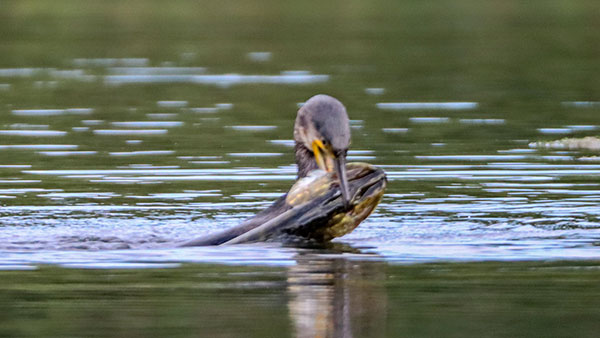 |
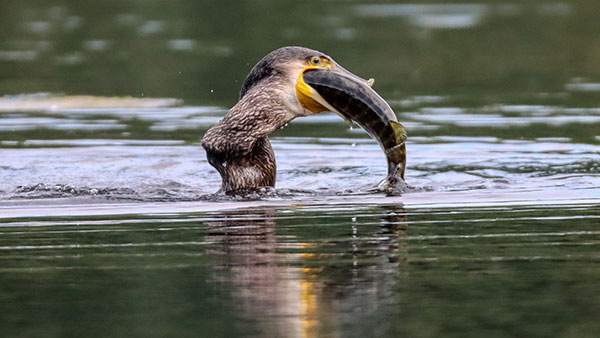 |
This remarkable sequence of a cormorant taking a pike was taken by John Mears at Selbrigg - 16th September 2021
|
|
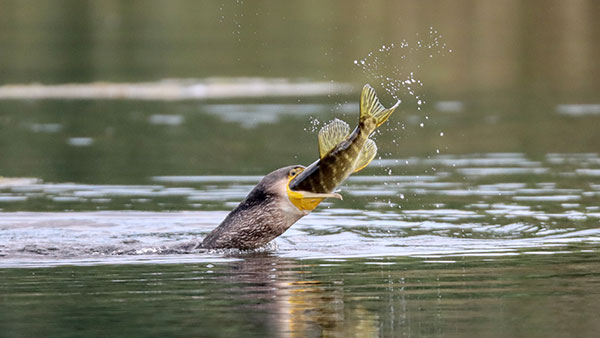 |
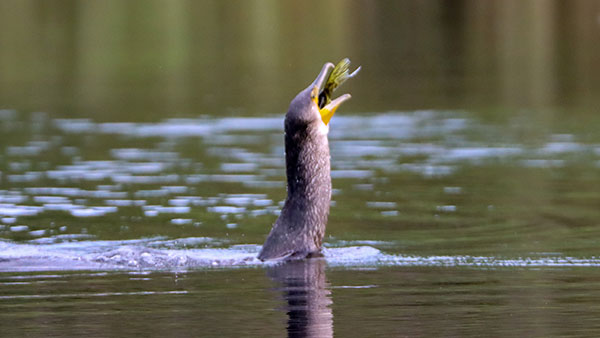 |
After dealing with the pike, the cormorant was seen sitting on a tree stump drying off and relaxing
|
|
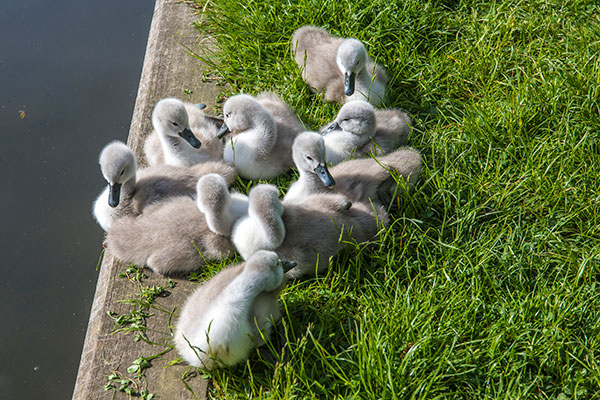 |
2022 batch of 9 cygnets - 21st May 2022
|
|
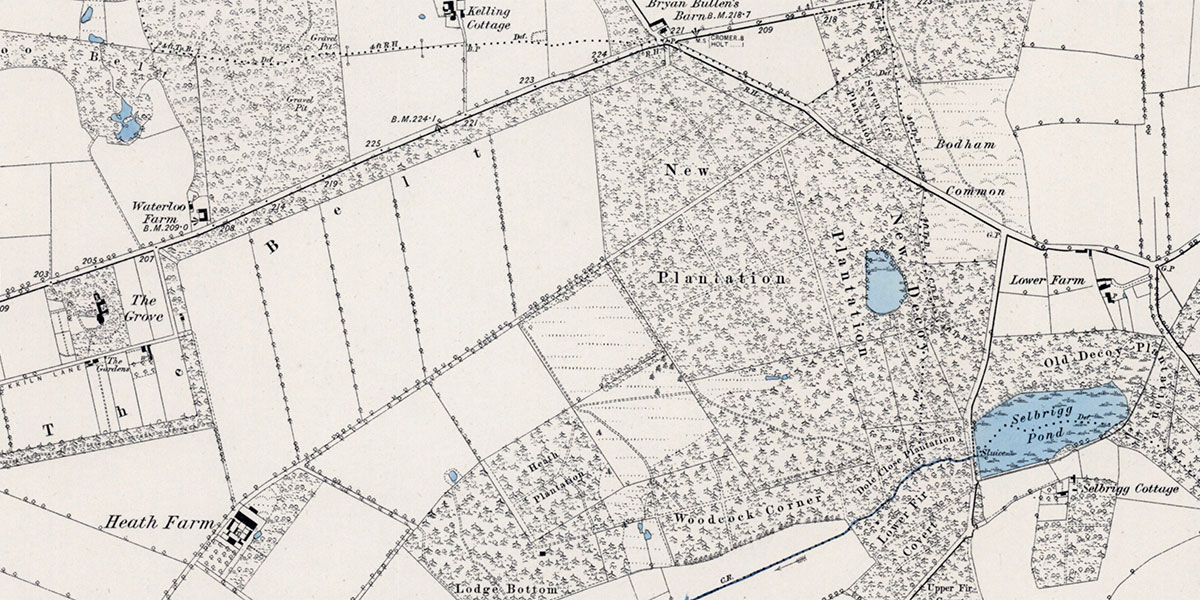 |
O. S. Map 1886 Courtesy of NLS map images |
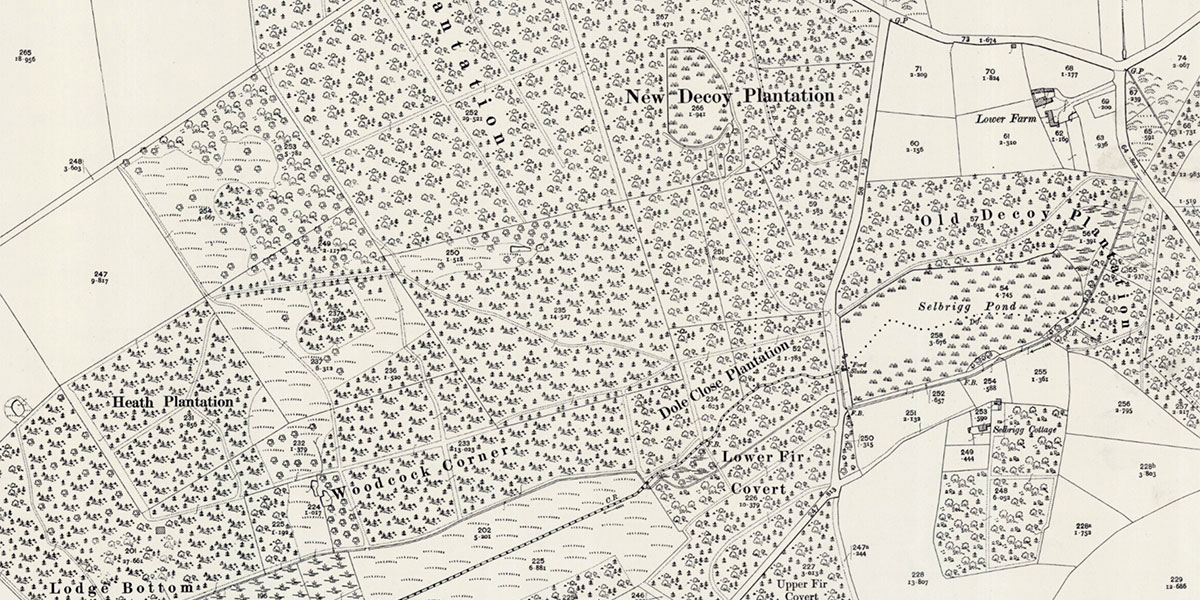 |
O. S. Map 1904 Courtesy of NLS map images |
If you have any memories, anecdotes or photos please let us know and we may be able to use them to update the site. Please
or telephone 07836 675369 |
Website copyright © Jonathan Neville 2023 |